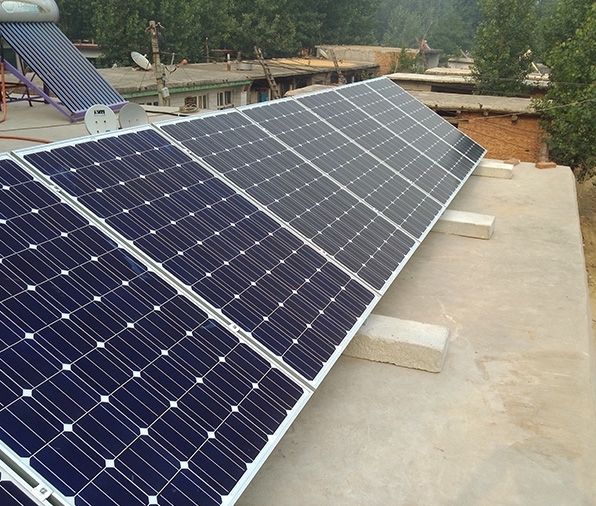Photovoltaic (PV) grid-connected inverter island detection technology plays a crucial role in the safe and reliable operation of photovoltaic power systems. An islanding event occurs when a section of the PV system continues to generate power independently of the main grid during a grid outage. This situation is potentially hazardous for utility workers attempting to repair the grid, and it can also lead to damage to the PV system itself.
- Frequency and Voltage Monitoring:
- Island detection methods often rely on monitoring the grid’s frequency and voltage. When a grid outage occurs, the frequency and voltage at the point of interconnection with the grid change. Inverters can detect these variations to identify islanding events.
- Rate of Change of Frequency (ROCOF):
- ROCOF is a critical parameter for island detection. In the absence of a grid connection, the rate at which the system’s frequency changes can be indicative of islanding. Inverters are designed to trip and disconnect from the grid if the ROCOF exceeds a certain threshold.
- Voltage Displacement Detection:
- In addition to monitoring frequency, voltage displacement is also considered. Islanding can cause a shift in voltage levels. Inverters are equipped with algorithms to detect abnormal voltage conditions and disconnect from the grid to prevent islanding.
- Active Power and Reactive Power Control:
- Inverters can actively control the injection of active power and reactive power into the grid. During a grid disturbance, the inverter can detect the changes and respond accordingly, reducing the risk of islanding.
- Communication with Grid Controllers:
- Advanced inverters may communicate with grid controllers to exchange information. Grid controllers can send signals to inverters, instructing them to disconnect in case of a grid outage.
- Anti-Islanding Standards and Certifications:
- In many regions, grid-connected inverters must comply with specific anti-islanding standards and certifications. These standards outline the requirements for detection methods and performance criteria to ensure the safety of the grid.
- Testing and Validation:
- Periodic testing and validation of anti-islanding functions are crucial to ensure the reliable operation of the system. This involves simulating grid disturbances and verifying that the inverter responds appropriately.
- Grid Code Compliance:
- In some regions, there are grid codes that specify the requirements for grid-connected systems. Inverters must comply with these codes, which often include anti-islanding provisions.
Implementing effective island detection technology is essential for the safe integration of photovoltaic systems into the grid. It helps prevent potentially hazardous situations, protects equipment, and ensures the overall stability and reliability of the electrical grid.


